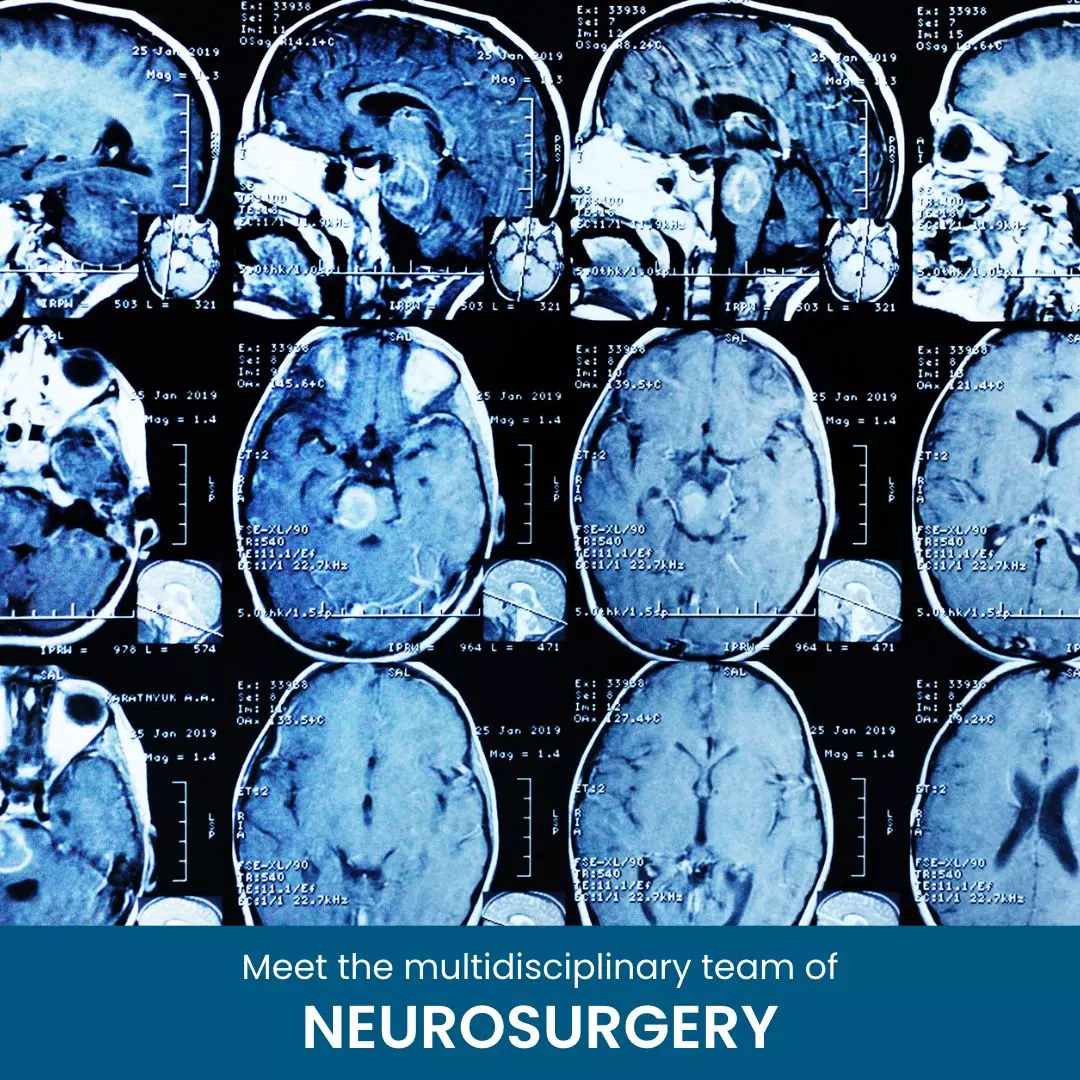
Differences Between Surgery for Breast Cancer, Radiation, and Chemotherapy
Differences among three of the most common treatment options for breast cancer: Oncological Surgery, Radiation, and Chemotherapy.

Receiving a breast cancer diagnosis can be an overwhelming experience filled with questions and uncertainties. On top of this, you might be navigating the uncertainty of various treatment options.
Don't worry! In this article, you'll learn about the critical differences among three of the most common treatment options for breast cancer: Oncological Surgery, Radiation, and Chemotherapy.
Breast Cancer Surgery
Oncological Surgery is often the first step in treating breast cancer and comes in two primary forms: mastectomy and lumpectomy.
Mastectomy
This procedure involves completely removing the affected breast, including the breast tissue and, in some cases, nearby lymph nodes. It is usually considered when the cancer is advanced or affects a significant portion of the breast.
Lumpectomy
Also known as breast-conserving surgery, it involves only removing the tumor and a small amount of surrounding tissue. It is an option for smaller tumors when the cancer has not spread extensively.
Many women can choose breast reconstruction after undergoing surgery to treat breast cancer. This can be a significant decision for many, especially those scheduled for a mastectomy, as it helps restore the appearance of their breast after surgery.
Breast Cancer Radiation
Radiation therapy is a treatment that uses high-energy radiation to kill cancer cells or prevent their growth. It is typically administered after surgery to eradicate any remaining cancer cells.
Several programs and techniques can be utilized:
Whole Breast Radiation
This approach is usually conducted five days a week for 6 to 7 weeks. Another option is hypofractionated radiation therapy, which administers higher daily doses for 3 to 4 weeks, proving just as effective in preventing breast cancer recurrence in cases of breast-conserving surgery. It also typically results in fewer short-term side effects.
Accelerated Partial Breast Irradiation (APBI)
In some instances, APBI is used to administer higher doses to only a part of the breast over a shorter period. This includes methods such as Intraoperative Radiation Therapy (IORT), 3D-Conformal Radiation Therapy (3D-CRT), Intensity-Modulated Radiation Therapy (IMRT), and Brachytherapy.
Chest Wall Radiation
If you have undergone a mastectomy with no lymph node involvement, radiation is administered to the chest wall, the mastectomy scar, and surgical drainage areas for six weeks.
Radiation to Lymph Nodes
Suppose cancer is found in the axillary lymph nodes, supraclavicular lymph nodes, or internal mammary lymph nodes. In that case, these can also receive radiation, typically over six weeks, simultaneous with breast or chest wall radiation.
Breast Cancer Chemotherapy
Chemotherapy is a systemic treatment that uses drugs to destroy or stop the growth of cancer cells throughout the body. It is used when there is a risk that the cancer has spread elsewhere.
Understanding the need for chemotherapy in breast cancer treatment is critical. Not all women affected require this approach, but there are situations where it is suggested:
After Surgery (Adjuvant Chemotherapy)
Sometimes, adjuvant chemotherapy is given to address cancer cells that might have been missed or invisibly spread after surgery. This reduces the risk of potential breast cancer recurrence.
Before Surgery (Neoadjuvant Chemotherapy)
Neoadjuvant chemotherapy reduces tumor size, making a less extensive surgery possible. This is particularly valuable in cases of large tumors or locally advanced cancers. Additionally, it helps to assess cancer response and, if necessary, adapt the treatment accordingly.
Treatment for Advanced Breast Cancer
In cases where the cancer has spread outside the breast and axillary lymph nodes, chemotherapy is the primary treatment. The length of treatment varies based on efficacy and the patient's tolerance.
After Surgery in Case of Residual Disease
If tumor cells are detected during surgery (referred to as residual disease), more chemotherapy after surgery may be advisable to reduce the risk of cancer recurrence.
Why are there Different Treatments for Cancer?
You may wonder why different treatment approaches exist for breast cancer. The answer rests on various considerations:
-
Stage of Cancer: In early stages, surgery or radiation might be sufficient, while in advanced stages, chemotherapy might be necessary to address cancer cells that have spread.
-
Tumor Size: Smaller tumors are often candidates for lumpectomy, whereas larger tumors may require a mastectomy.
-
Cancer Type: Different types of breast cancer may respond differently to treatments. Some types may be more sensitive to chemotherapy, while others may require specific treatments.
-
Personal Preferences: Some people may choose a mastectomy for personal or emotional reasons, even if a lumpectomy is an option.
In times like these, it's crucial to have the support of expert physicians and healthcare teams dedicated to providing the best possible care.
If you're facing the challenge of breast cancer, we encourage you to consider the insights of Oncologists specializing in Oncological Surgery at BlueNetHospitals. Their experience and compassion will aid you in obtaining an accurate medical evaluation and effective treatment tailored to your situation.
BlueNetHospitals - Hospital Los Cabos
BlueNet Hospitals.
Trending Topics
Oncology
Trending Topics
Septoplasty
Septoplasty is a highly effective procedure for correcting a deviated septum
Ulcerative Colitis
Ulcerative colitis is an inflammatory bowel disease (IBD) that causes chronic inflammation.
Prostate-Specific Antigen (PSA)
The level of PSA in the blood can provide valuable information about prostate health.
Emphysema
Emphysema symptoms can be subtle at first but tend to worsen over time.
Health Library
Oncology
- Do You Need an Appointment with a Specialist?
- call us
- write us
- let's talk










